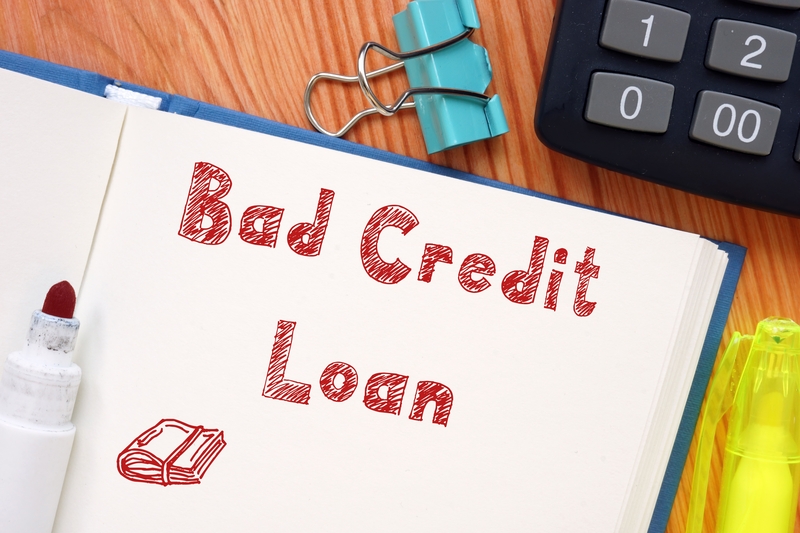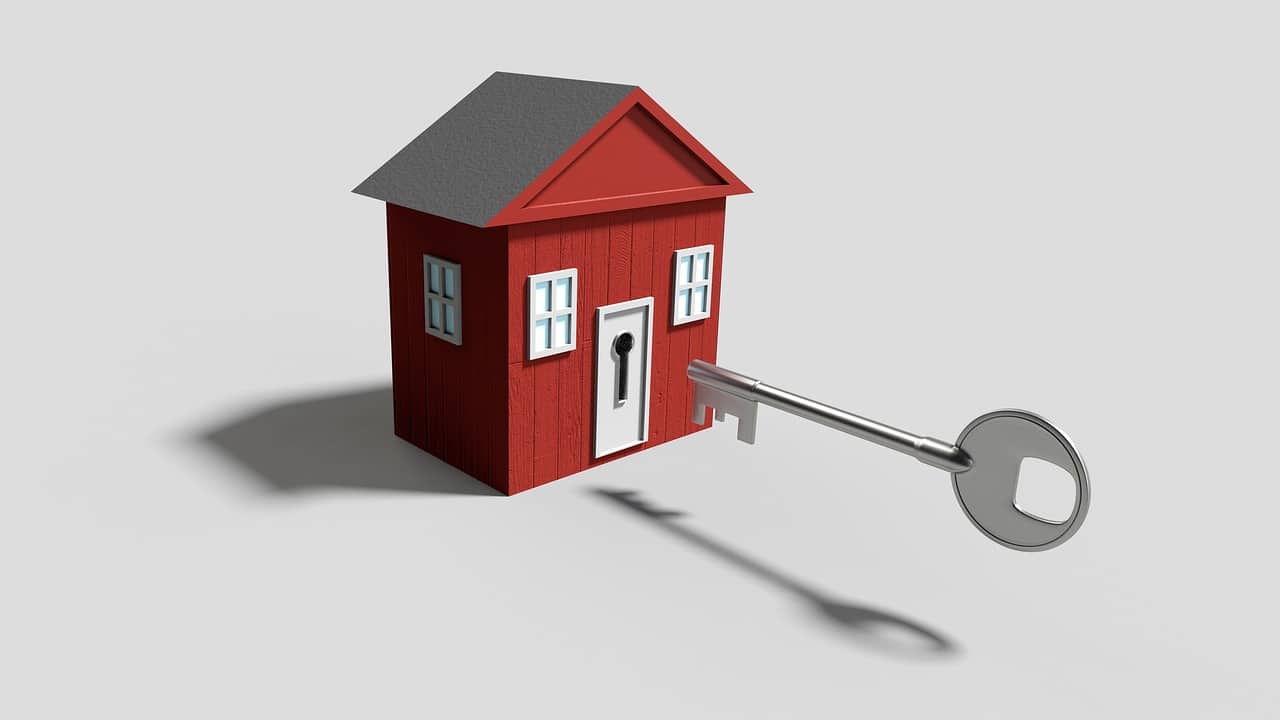I have a paid electricity default on my credit file……will I be able to get a home loan with a mainstream lender?
When we talk about blemished credit files, it is common to assume that some type of financial hardship has been experienced and that it will be necessary to explore a bad credit home loan. This is now always the case. Sometimes credit file listings can occur as a result of something as simple as shifting house and a utility or telecommunications account not being received.
Once you are 60 days late with a payment, a creditor has the right to lodge a notice of default on your credit file.
Unfortunately paying the default after the event will not remove it from your file and it will remain visible to a potential creditor for five years from the date of the listing.
But do not despair…..there is light at the end of the tunnel.
Some mainstream lenders will accept minor credit impairment, providing the debt has been paid and there is an acceptable explanation as to why the credit impairment occurred. Also providing evidence of payment can be helpful, along with any correspondence between yourself and the debtor.
The credit impairment explanation works more effectively when it is addressed at loan submission time, rather than the lender finding it when they conduct the CRAA. So if you have concerns that you may have a default, arrange to get a copy of your credit file and if you do have a listed default take a pro-active approach to disclose it.
In some instances, you may not even be aware of the listing. If the lender uncovers the default and it is relatively minor, they may request that you arrange to pay it. Assessment of the application will be placed on hold, while you arrange payment.
Typically it is more likely that a lender will accept the credit impairment if it can be assessed without having to go to the mortgage insurer – that is the lender can assess the application under their own designated lending authority (policy).
Where a loan is less than 80% loan to value ratio, the lender applies their own policy to the assessment of the application.
Between 80% loan to value ratio and up to 90% loan to value ratio the lender applies a blended policy. That is a policy which is modeled on the mortgage insurer’s policy but can be applied by the lender in a slightly more relaxed manner. In this circumstance, the mortgage insurer has given the lender permission to assess the application on its merits and decide if the application is strong (the risk is low) enough to be approved.
Above 90% loan to value ratio, the lender applies the mortgage insurance policy.
Hence if you have a paid default you should not expect to be able to borrow greater than 90% of the security value.
There are lenders who will permit you to have two paid defaults less than $500, but still consider your application at 90% providing the defaults are not for financial institution payments.
These lenders will also consider your application providing you only have a single default and it is paid and for less than $1,000 if the payment was to a financial institution.
At 80% loan to value ratio, there may be a tolerance for even larger debts, but the explanation would need to be acceptable and supporting documents would need to support the explanation strongly.
Hence before you make the decision to source a bad credit home loan, speak with a specialist and you may be pleasantly surprised that you may actually be able to qualify for a mainstream loan.






